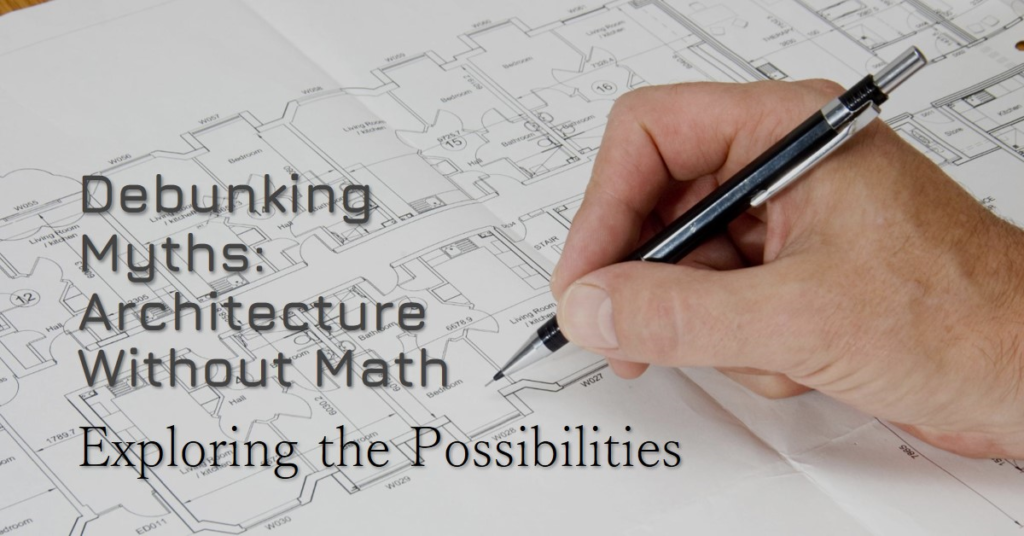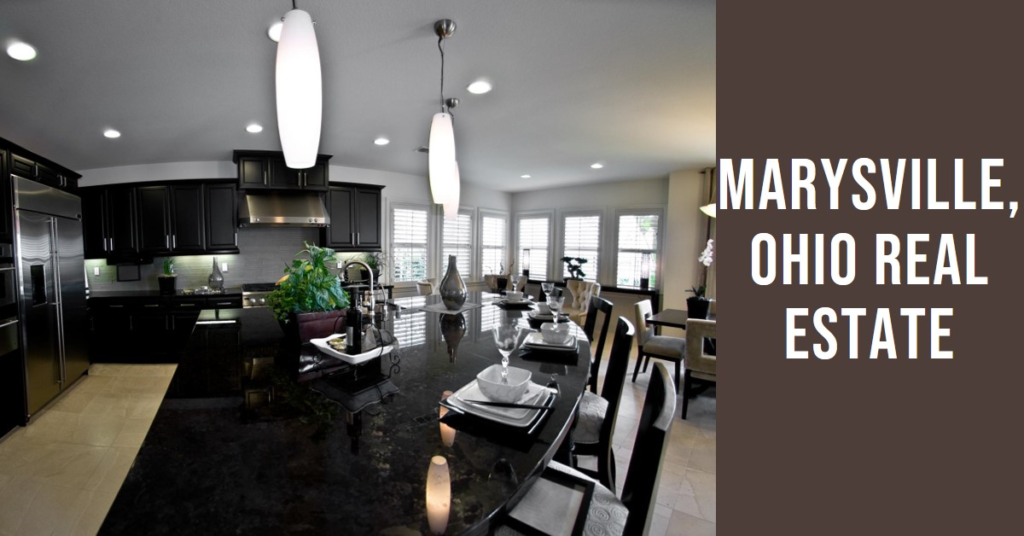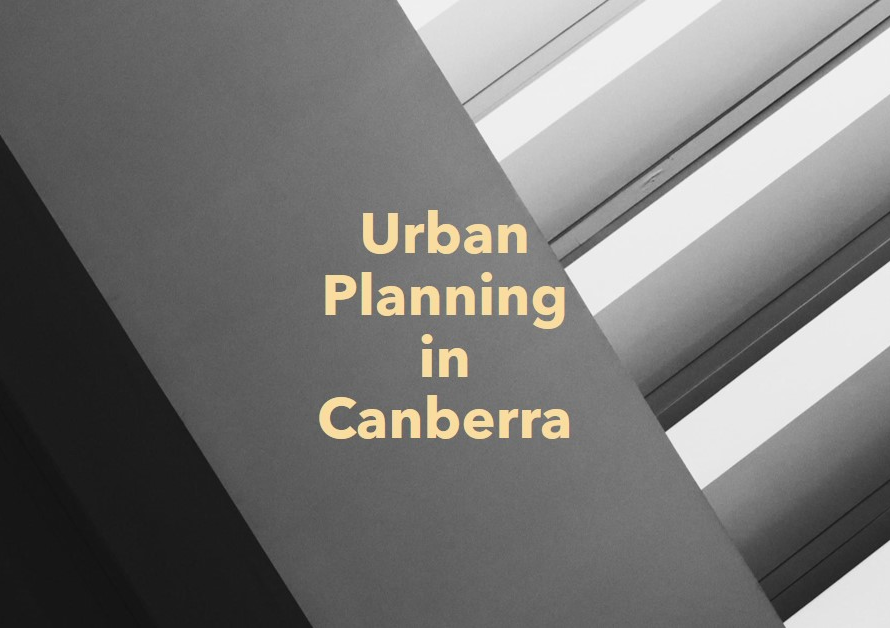
Table of Contents
Introduction: Defying the Notions
When one thinks of architecture, visions of grand structures, soaring skyscrapers, and intricate designs often come to mind. But what about math? Many believe that architecture is solely about creativity and design flair, dismissing the role of mathematics in the process. However, this couldn’t be further from the truth. In this blog post, we delve into the misconception that architecture can exist without math, exploring the symbiotic relationship between these two disciplines and debunking the myths that surround it.
The Intersection of Creativity and Calculation
At the heart of architectural design lies creativity, where visions are conceptualized and brought to life through blueprints and models. It’s easy to see why some may overlook the importance of mathematics in this creative process. However, creativity in architecture doesn’t exist in isolation; it’s intricately woven with mathematical principles.
Consider the layout of a building. Architects must calculate dimensions, angles, and proportions to ensure structural integrity and aesthetic appeal. From the curvature of an arch to the symmetry of a facade, mathematical precision is essential. Without it, buildings risk structural failure or lackluster design. Thus, creativity flourishes within the framework of mathematical constraints, with architects leveraging mathematical concepts to push the boundaries of innovation.
Form Follows Function: The Mathematics of Structural Design
The adage “form follows function” encapsulates the essence of architectural design, emphasizing the symbiotic relationship between a building’s purpose and its form. Yet, to achieve this harmony, architects must navigate a labyrinth of mathematical calculations.
Structural engineering, a branch of mathematics, plays a pivotal role in architectural design. Architects must understand the forces at play—such as gravity, wind, and seismic activity—to ensure that buildings can withstand external pressures. This requires complex mathematical equations to determine load-bearing capacities, stress distributions, and material strength. Whether designing a skyscraper or a humble abode, architects rely on mathematical models to optimize structural efficiency and safety.
Blueprints to Reality: The Role of Geometry
Geometry is the cornerstone of architectural design, providing a toolkit for architects to translate abstract concepts into tangible structures. From basic shapes to intricate patterns, geometry underpins every aspect of architectural composition.
Take, for example, the design of a dome. Architects must employ geometric principles to calculate the curvature, radius, and surface area of the dome accurately. Whether it’s a classical dome reminiscent of ancient architecture or a modern interpretation, mathematical precision ensures that the dome retains its structural integrity while captivating the eye. Thus, geometry serves as a guiding light, illuminating the path from blueprints to reality.


Balancing Act: Mathematics in Aesthetic Design
Aesthetic design is the soul of architecture, defining the visual language of a structure and evoking emotional responses from its inhabitants. While creativity drives aesthetic innovation, mathematics provides the framework for achieving visual harmony.
Symmetry, proportion, and scale are fundamental principles that govern aesthetic design. Architects use mathematical ratios such as the golden ratio to create visually pleasing compositions that resonate with viewers. Whether it’s the proportions of a Greek temple or the Fibonacci sequence in a spiral staircase, mathematics imbues architectural aesthetics with timeless beauty. Thus, the marriage of mathematics and aesthetics creates a symphony of visual delight, enriching the built environment.
Innovative Solutions: Mathematics as a Tool for Optimization
Architecture is not merely about designing buildings; it’s about solving complex problems and meeting the needs of society. Mathematics serves as a powerful tool for optimization, enabling architects to devise innovative solutions to real-world challenges.
Consider sustainable design, where architects aim to minimize environmental impact while maximizing efficiency. Mathematical modeling allows architects to analyze factors such as energy consumption, daylighting, and thermal performance to design environmentally responsive buildings. By harnessing the power of mathematics, architects can create sustainable solutions that mitigate climate change and promote a healthier planet.
Beyond Euclidean Space: Exploring Non-Euclidean Geometry in Architecture
Euclidean geometry has long been the cornerstone of architectural design, providing a framework for understanding three-dimensional space. However, the emergence of non-Euclidean geometry has expanded the possibilities of architectural expression, challenging traditional notions of form and structure.
Non-Euclidean geometry, characterized by curved surfaces and non-linear geometries, offers architects new avenues for exploration. From the hyperbolic shapes of futuristic buildings to the organic forms inspired by nature, non-Euclidean geometry fosters a sense of fluidity and dynamism in architectural design. By embracing non-Euclidean geometry, architects can push the boundaries of spatial perception and redefine the built environment.
The Digital Frontier: Mathematics in Parametric Design
In the digital age, architects have embraced parametric design as a means of generating complex forms and intricate patterns with mathematical precision. Parametric design utilizes algorithms and computational tools to explore iterative design possibilities, revolutionizing the architectural process.
From algorithmic scripting to generative algorithms, mathematics lies at the heart of parametric design methodologies. Architects can manipulate parameters such as variables, constraints, and algorithms to generate a myriad of design iterations. This iterative approach not only fosters creativity but also enables architects to optimize designs based on performance criteria. Thus, parametric design represents a paradigm shift in architectural practice, leveraging mathematics to redefine the possibilities of form and function.
Conclusion: Bridging the Gulf
In conclusion, the notion that architecture can exist without math is a fallacy perpetuated by misconceptions about the creative process. Mathematics is not merely a tool but a fundamental aspect of architectural design, shaping the built environment in profound ways. From structural engineering to aesthetic composition, mathematics permeates every facet of architectural practice, enriching creativity and enabling innovation. By debunking the myths surrounding math in architecture, we can bridge the gulf between art and science, fostering a deeper appreciation for the symbiotic relationship between these disciplines.


